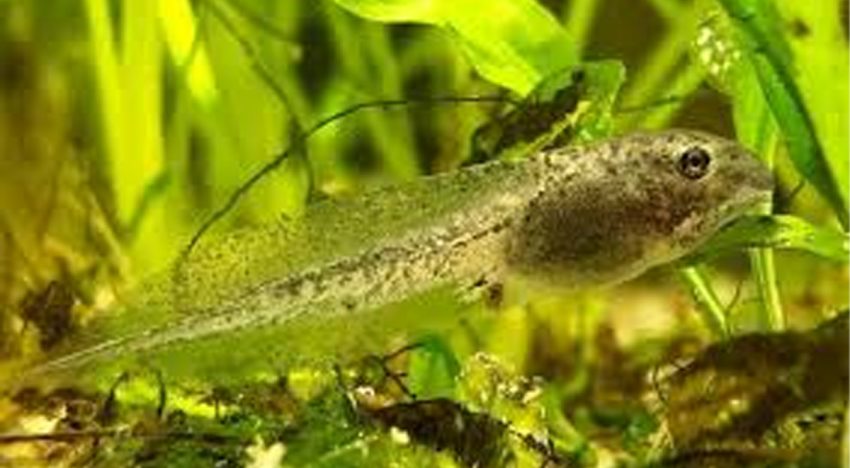Light pollution – Artificial sources of light at night time may harm amphibian populations, a study has found.
Researchers exposed wood frogs to a control and two anthropogenic light conditions: intensified daytime illuminance and artificial light at night (ALAN).
The study, published in the Environmental Pollution, found that both the intensified daytime illuminance treatments and the ALAN treatment decreased hatching success in tadpoles.
“Research on the effects of light pollution has recently seen a surge in popularity,” said Jessica Hua, an assistant professor at Binghamton University in the US.
“Since amphibians are sensitive to environmental changes, they make great models for studying how pollution of any type can impact other species,” she said.
Tadpoles that were reared in the ALAN treatment, on the other hand, were larger, less active, more sensitive to road salt pollution and had more parasites.
“Overall, I think the main thing we learned from this study is that exposure to light at night has the potential to make amphibians more susceptible to the effects of additional stressors, like road salt and parasites,” said graduate student Grascen Shidemantle.
“This is concerning since these are common stressors that many amphibians have to cope with,” said Shidemantle.
“The light at night on itself might not have too much of a negative effect on its own, however, since wildlife rarely encounter just one stressor in their natural habitat, the combination of light pollution with additional stressors may have negative impacts on amphibian populations,” he said.
“It is critical to understand how humans impact wildlife so that we can make more responsible decisions about how we proceed with activities such as urbanization and construction,” said Shidemantle.
“Also, it is likely that these effects of light pollution extend beyond just amphibians–the impacts on amphibians may have indirect effects on other organisms that amphibians interact with in their ecosystem,” he added.




